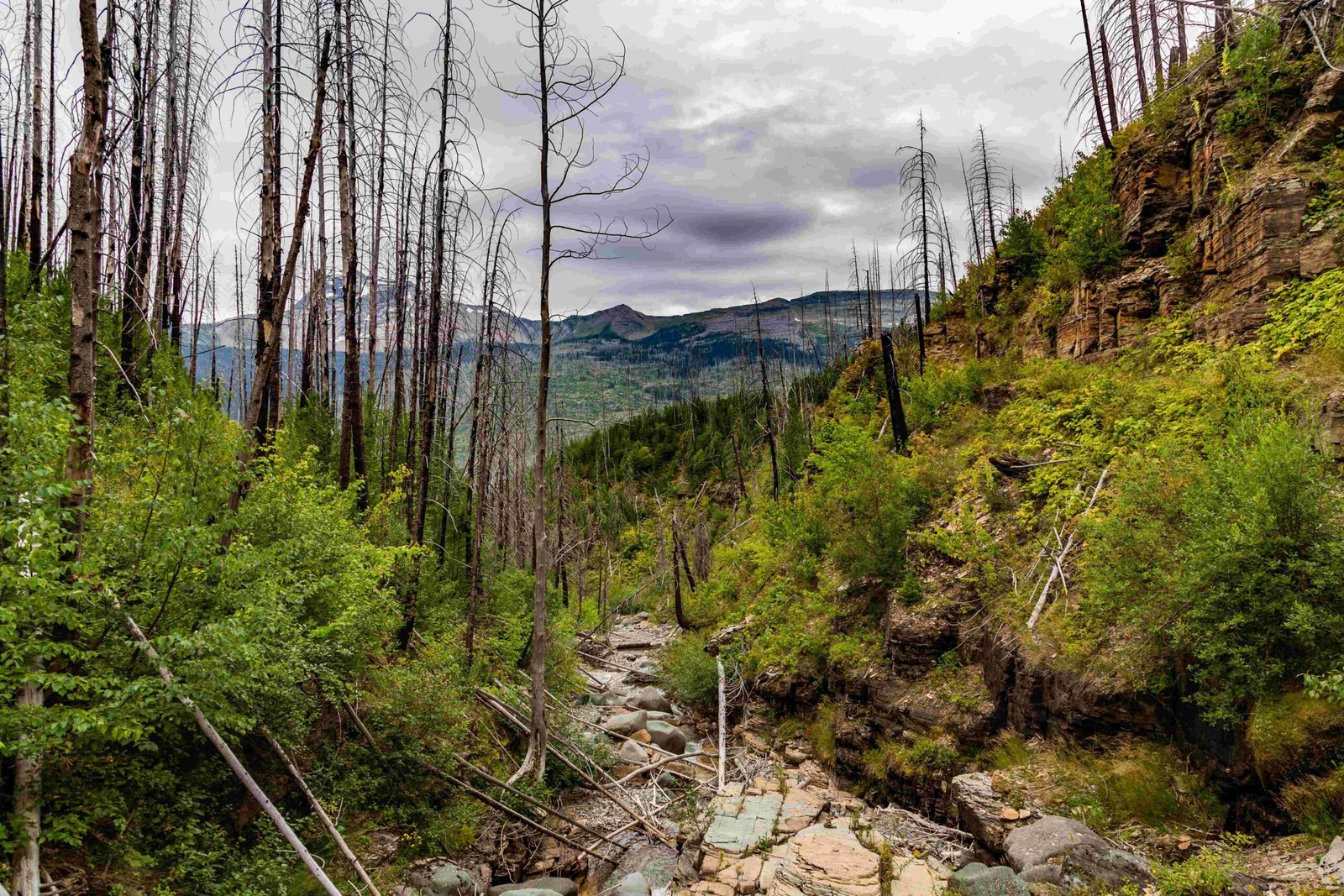Eagle Peak in Glacier National Park, Canada, offers a challenging and rewarding hiking experience for adventurous outdoor enthusiasts. Located in the heart of the Selkirk Mountains, this majestic peak provides breathtaking views of surrounding glaciers, alpine meadows, and rugged mountain landscapes. While there’s no specific trail named after Eagle Peak, hikers can access it through various routes in the park, making it a popular destination for experienced mountaineers and hikers seeking a true wilderness adventure.
What Are the Key Features of Eagle Peak in Glacier National Park?

Eagle Peak stands as a prominent landmark within Glacier National Park, Canada. Here are some of its key features:
- Elevation: Approximately 2,852 meters (9,357 feet)
- Location: Selkirk Mountains, British Columbia
- Surrounding peaks: Uto Peak, Mount Sir Donald, Mount Macdonald
- Nearby glaciers: Avalanche Glacier
- Accessible from: Illecillewaet Valley and Campground
How Can Hikers Access Eagle Peak?

While there’s no dedicated trail to Eagle Peak’s summit, hikers can approach it through various routes:
- Illecillewaet Valley Trail
- Glacier Crest Trail
- Asulkan Valley Trail
These trails offer access to the alpine areas near Eagle Peak, with typical characteristics including:
- Length: 13-15 km round trip
- Elevation gain: 900-1000 meters
- Difficulty: Challenging to very difficult
- Estimated time: 6-8 hours for experienced hikers
What Views Can Hikers Expect from Eagle Peak?
The summit of Eagle Peak offers panoramic views that are truly awe-inspiring:
- 360-degree vistas of the Selkirk Mountains
- Glaciers, including the Avalanche Glacier
- Alpine meadows and rocky terrain
- Distant views of the Trans-Canada Highway and railway
For photographers, the best times to capture these views are:
- Summer months (July-August) for clear weather and wildflowers
- Early morning or late afternoon for optimal lighting conditions
What Are the Camping Options Near Eagle Peak?
Hikers planning multi-day trips to explore Eagle Peak have several camping options:
- Illecillewaet Campground
- Location: Near trailheads
- Amenities: Basic facilities, including restrooms and picnic tables
-
Reservation: Required through Parks Canada
-
Asulkan Cabin
- Location: Higher elevation, closer to alpine areas
- Amenities: Rustic mountain hut
-
Reservation: Through Alpine Club of Canada
-
Backcountry Camping
- Location: Various designated areas in the park
- Amenities: Minimal, wilderness experience
- Permits: Required, obtain from Parks Canada
What Safety Precautions Should Hikers Take?
When planning a hike to Eagle Peak, safety should be a top priority:
- Proper Equipment
- Sturdy hiking boots
- Layered clothing
- Navigation tools (map, compass, GPS)
-
First aid kit
-
Weather Awareness
- Check forecasts before departing
-
Be prepared for sudden changes in alpine environments
-
Wildlife Precautions
- Carry bear spray
- Store food properly
-
Make noise while hiking to avoid surprising animals
-
Inform Others
- Leave a detailed trip plan with a trusted contact
- Carry emergency communication devices
What Permits and Fees Are Required?
To hike and camp in Glacier National Park, visitors need to be aware of the following:
- Park Pass
- Required for entry into Glacier National Park
-
Available online or at park entrances
-
Backcountry Permits
- Necessary for overnight stays in the backcountry
-
Limited in number, reserve in advance
-
Camping Fees
- Apply to both frontcountry and backcountry campsites
- Vary based on location and season
When Is the Best Time to Visit Eagle Peak?
The optimal time to visit Eagle Peak depends on your goals and experience level:
| Season | Conditions | Best For |
|---|---|---|
| Summer (July-August) | Warm, dry, long days | Hiking, photography, wildflowers |
| Fall (September) | Cooler, potential snow | Fewer crowds, fall colors |
| Winter (October-June) | Snow-covered, avalanche risk | Experienced mountaineers only |
How Can Hikers Prepare for the Eagle Peak Adventure?
Proper preparation is crucial for a successful and safe hike to Eagle Peak:
- Physical Conditioning
- Build endurance with regular cardio exercises
- Practice hiking with a loaded backpack
-
Incorporate strength training for legs and core
-
Skills Development
- Learn basic navigation and map reading
- Practice using hiking gear and equipment
-
Consider taking a wilderness first aid course
-
Trip Planning
- Research trail conditions and recent trip reports
- Plan your route and set realistic time goals
- Prepare a detailed itinerary and share it with others
By following these guidelines and respecting the wilderness, hikers can have a memorable and rewarding experience exploring Eagle Peak in Glacier National Park, Canada.
References:
1. PeakVisor – Eagle Peak
2. Wikipedia – Eagle Peak (British Columbia)
3. Parks Canada – Day hikes in Glacier National Park